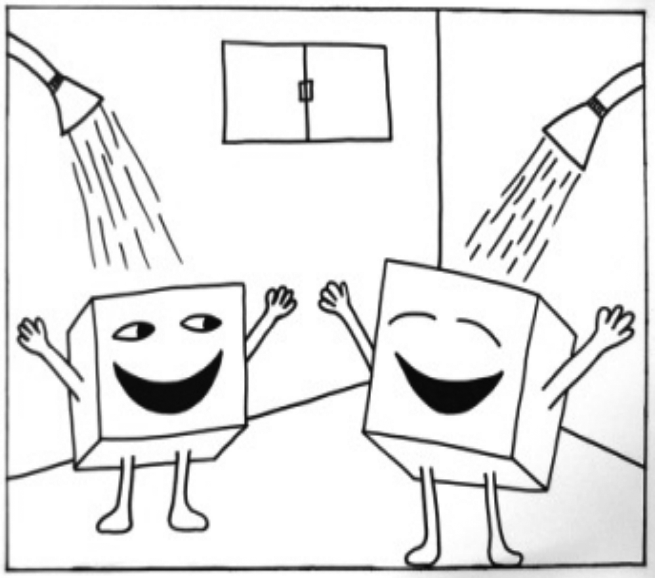Smart Dumb Art

Studio Fundamentals: To gain experience with achromatic and monochromatic color schemes.
Thematic Inquiry: To explore and illustrate an intentionally humorous, kitschy, or dumb idea.
Chris Johanson, David Shrigley, Trenton Doyle Hancock, Simon Evans, Marcel Duchamp, Andy Warhol, Claes Oldenburg, Roy Lichtenstein, Duane Hanson, Keith Haring, John Wesley
Preliminary:
Read the discussion on Color Schemes for Unit IV. Review the Project References and Vocabulary above.
Activity:
Step One: Begin by thinking of some themes or ideas that you would like to convey or challenge in a potentially humorous way.
Step Two: Draw a series of sketches to illustrate your desired theme or themes.
Step Three: Choose at least TWO of the sketches to develop further. Refine the drawings to their essence or simplest form without losing their feel of spontaneity or immediateness. Each final drawing will be presented on an 11 x 14 piece of Bristol or illustration board.
Step Four: Final drawings may be done with markers, ink, pens or pencil, but they should work simply as "achromatic" color schemes (black, white, and/or grey).
Step Five: Create a copy of your original drawing through tracing or photocopying. Add ONE color to this second composition to highlight the main idea of the work. You may include tints and shades of the color to produce a "monochromatic" color scheme.
When you have completed your composition, divide into small groups and exchange artworks with another group from the class. Within your group, work together to respond to each painting in turn. Consider the following:
- Describe the main idea of the composition
- Point out any specific line qualities or shapes that the artist used to indicate a particular meaning or effect.
- Discuss the effectiveness of the "achromatic" and "monochromatic" versions of the work.
- Discuss the intentions of the artist.
- After some sharing of interpretations, attempt to state the message of the composition in one sentence. (This artwork is about. . .)
- Explain how the shapes, symbols, or other elements of the composition support its message.
The final critique consists of a series of preliminary written judgments by fellow classmates, followed by an oral statement by the artist, and concluding with a comparison of the audience's interpretations and the artist's intention related to color schemes.